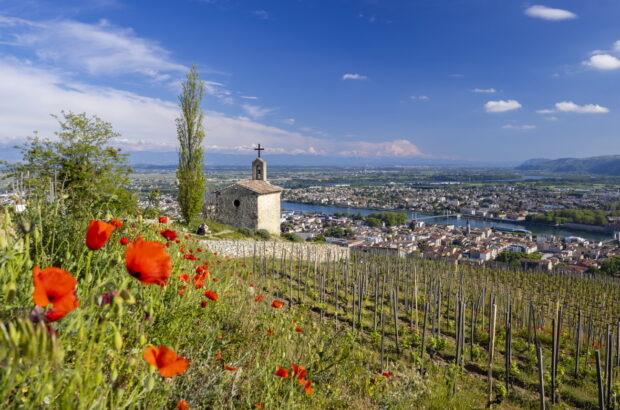The region has taken off in the 50 years since its first modern-era plantings, with sustainability-minded producers making wines with identity, finds sommelier Laure Patry.
It all started in 1961 when Richard Sommer planted Oregon‘s first post-Prohibition vinifera grapes, including Pinot Noir, in the Umpqua Valley.
A few years later, in 1965, David Lett planted Pinot Noir at Eyrie Vineyards in the Willamette Valley, as the cooler climate there was better suited to this Burgandian grape variety.
The temperate climate and costal marine influence in Oregon is ideal for cool-climate grapes such as Pinot Noir, and more wineries started to spring up. By 1974, the region’s wine producers recognised Oregon’s need to import good cool-climate clones from Burgundy, among others.
See Laure’s 18 top Oregon Pinot Noir wines:
Today, Oregon has more than 600 wineries and 900 vineyards. Most of the Pinot Noir vineyards are in the Willamette Valley, the remaining plantings in the Umpqua Valley and the Columbia Gorge.
The Willamette Valley contains six sub-AVAs: Chehalem Mountains, Dundee Hills and Eola-Amity Hills on basaltic soils; and McMinnville, Ribbon Ridge and Yamhill-Carlton on marine sedimentary soils. This explains the different styles of Pinot Noir that are produced across the region.
Wines from the basaltic, volcanic soils are more aromatic, with red fruits, tea notes and softer tannins, while those from the marine soils tend to show more voluptuous black fruits, earthy notes, spices and more tannin.
It was encouraging to see a good selection of Oregon Pinot Noir on show at the Go West! trade tasting in London in March 2015, even though there were some producers missing. On the evidence of this tasting, and my recent experience of Oregon Pinot Noir, the rapid growth it has made as a wine region has not harmed it at all. Producers work with respect for the environment (in 2008, the Oregon wine board introduced the Oregon Certified Sustainable Wine programme), and are making wines with their own identity.
Laure Patry is executive head sommelier at Michelin-starred Pollen Street Social in London.






